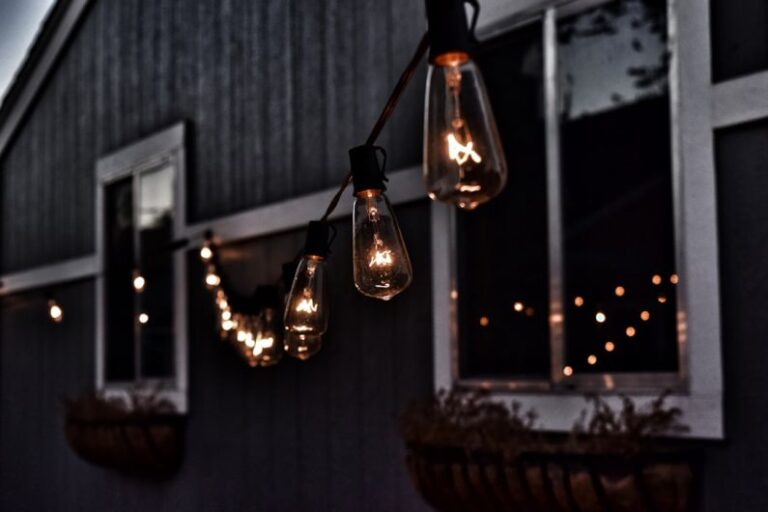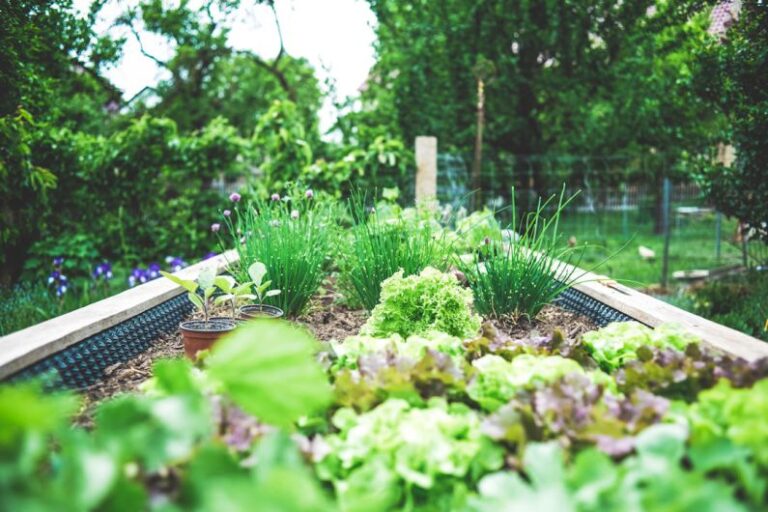Creating Wildlife Habitats in Your Garden
Transforming your garden into a thriving wildlife habitat not only benefits the local ecosystem but also provides a picturesque and dynamic setting for you to enjoy. By incorporating a few key elements, you can attract a variety of creatures, from birds and butterflies to bees and beneficial insects. With a little planning and effort, you can turn your outdoor space into a sanctuary for wildlife.
Understanding the Importance of Wildlife Habitats
Before delving into the steps to create a wildlife-friendly garden, it’s essential to understand why these habitats are crucial. Wildlife habitats provide food, shelter, and breeding grounds for a wide range of species, contributing to biodiversity and ecosystem health. By welcoming wildlife into your garden, you can help support declining populations and create a more sustainable environment.
Selecting Native Plants
One of the most effective ways to attract wildlife to your garden is by incorporating native plants into your landscape. Native plants are adapted to the local climate and soil conditions, making them more attractive to native wildlife species. Choose a variety of plants that bloom at different times of the year to provide a continuous food source for pollinators and other creatures. Additionally, native plants require less water and maintenance, making them a sustainable choice for your garden.
Creating Shelter and Nesting Sites
Wildlife need shelter to hide from predators, rest, and raise their young. Incorporating features like dense shrubs, brush piles, and rock piles can provide safe havens for birds, mammals, and insects. Consider installing birdhouses, bat boxes, or insect hotels to offer additional nesting opportunities for wildlife. By creating a diverse range of shelter options, you can attract a wider variety of species to your garden.
Providing Water Sources
Water is essential for wildlife survival, especially during hot and dry periods. Adding a bird bath, pond, or small water feature to your garden can attract birds, amphibians, and insects in need of hydration. Be sure to keep the water source clean and topped up regularly to provide a reliable drinking spot for wildlife. Including aquatic plants in a pond or water feature can also support a broader range of species, such as dragonflies and frogs.
Avoiding Chemicals
To maintain a healthy wildlife habitat in your garden, it’s important to minimize the use of chemicals like pesticides and herbicides. These substances can harm beneficial insects, birds, and other wildlife that visit your garden. Instead, opt for natural pest control methods, such as beneficial insect-attracting plants, companion planting, and hand removal of pests. Embracing organic gardening practices will help create a safe and sustainable environment for wildlife.
Encouraging Pollinators
Pollinators play a crucial role in plant reproduction and food production. By attracting pollinators like bees, butterflies, and hummingbirds to your garden, you can enhance plant fertility and increase crop yields. Planting a variety of nectar-rich flowers, such as coneflowers, bee balm, and lavender, can provide essential food sources for pollinators. Avoiding hybridized plants and single-petal flowers can also help attract a wider range of pollinator species to your garden.
Embracing Diversity
Diversity is key to creating a thriving wildlife habitat in your garden. By incorporating a variety of plants, habitats, and features, you can attract a broader range of wildlife species. Avoid monoculture plantings and strive to create a balanced ecosystem that supports different layers of the food chain. Embrace the natural beauty of a diverse garden and enjoy the sights and sounds of wildlife that visit your outdoor space.
Creating a Sustainable Wildlife Oasis
By following these simple steps, you can transform your garden into a sustainable wildlife oasis that supports biodiversity and ecosystem health. From selecting native plants to providing shelter and water sources, each element contributes to the overall health and vitality of your garden ecosystem. Embrace the beauty of nature in your own backyard and enjoy the benefits of a thriving wildlife habitat right outside your door.






